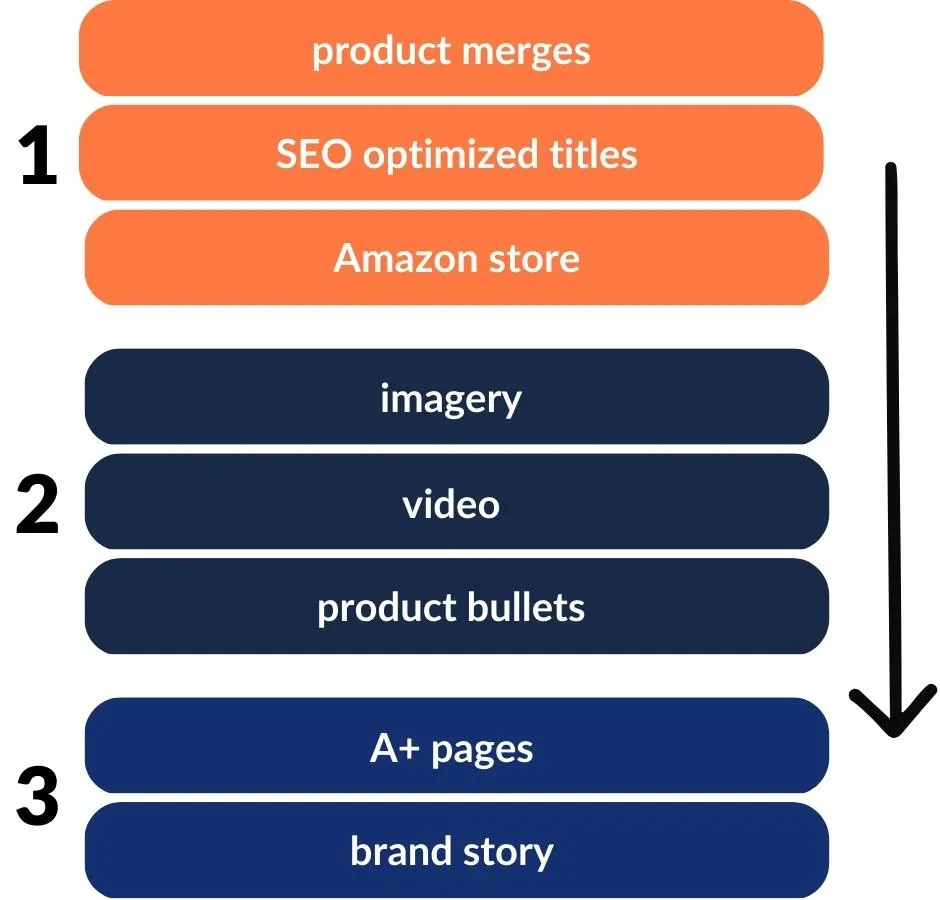The sell-through rate refers to the percentage of units sold compared to the total units available. A high sell-through rate indicates that products are being sold quickly and efficiently, and inventory can be replenished in time for availability. However, a low sell-through rate can result in overstocked inventory, leading to higher storage costs, stock obsolescence and product devaluation.
Inventory turnover is another crucial metric to track and it refers to the number of times inventory is sold and replaced within a specific period. A high inventory turnover rate is a positive sign of efficient inventory management, maximizing sales and timely restocking. This can lead to higher sell-through rates. On the other hand, low inventory turnover rates may indicate issues with the inventory management system, including slow-moving products, overstocking or high pricing, which can result in stranded inventory, increased storage costs and lower sales.
For most sellers, a good inventory turnover ratio is between five and 10, indicating that businesses restock their inventory every one to two months. It’s crucial to monitor the sell-through rate, make inventory adjustments and create management strategies necessary to improve the supply chain and maximize sales.
Optimize product listings
Make sure your product listing is well-written, includes high-quality images and is optimized for search engine optimization (SEO). You can use keyword analysis to identify the most important keywords related to performance, identify trending keywords and uncover new opportunities. This helps increase visibility and attract more potential buyers for your product.
To make a plan that is easily digestible for your team, try starting with your top 80/20 products. The 80/20 rule as it relates to eCommerce, suggests that 80 percent of your business comes from 20 percent of your products. Once you’ve identified your 80/20, split these products into rounds based on priority and follow a content optimization schedule, like the one below, from top to bottom:

Offer promotions
Promotions and discounts can improve your inventory health and your sell-through rate (STR):
- Consider offering discounts on popular products to increase sales and reduce excess inventory.
- Use promotion tools, such as Amazon Lightning Deals and coupons, and plan promotions and coupon codes in advance.
- Target specific audiences, especially loyalty remarketing audiences, and monitor performance to adjust the strategy.
- Offer promotions for a limited time and utilize email campaigns to reach your existing customer base.
Manage inventory efficiently
To avoid negatively impacting your STR, ensure you have enough stock to meet demand and prevent stockouts.
- Monitor your inventory levels by setting minimums and managing supply chain lead time.
- Maintain good supplier relationships and use an all-in-one-place inventory management system like Pacvue.
- Have a contingency plan for product sell-outs, such as stashing excess inventory or offering discounts to customers for other products to improve satisfaction.
- Avoid overage fees by keeping your on-hand inventory below your capacity limit.
Accurately tracking inventory can help reduce lost sales, ensure proper stock, identify slow-moving products and drive better decision-making. Optimizing supply chain strategies can result in increased sales, better customer experience, reduced waste and fees and increased efficiency. Managing inventory as a team requires clear communication, division of responsibilities, defining processes and monitoring performance regularly. By following these steps, you can ensure that you always have the right stock level to meet customer demand.










